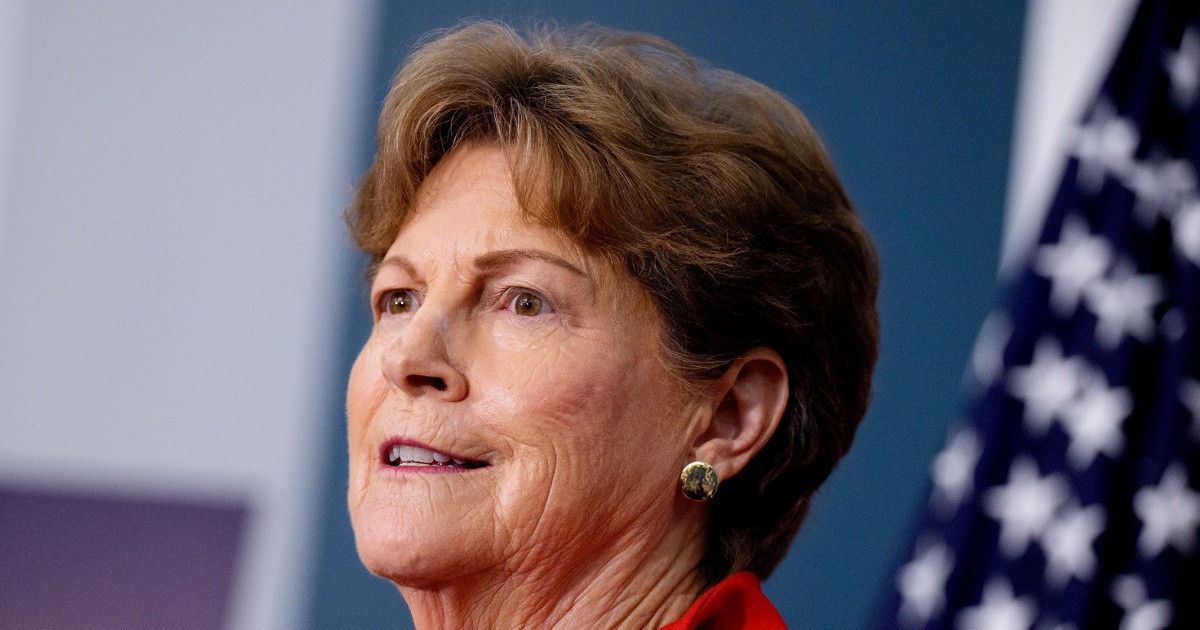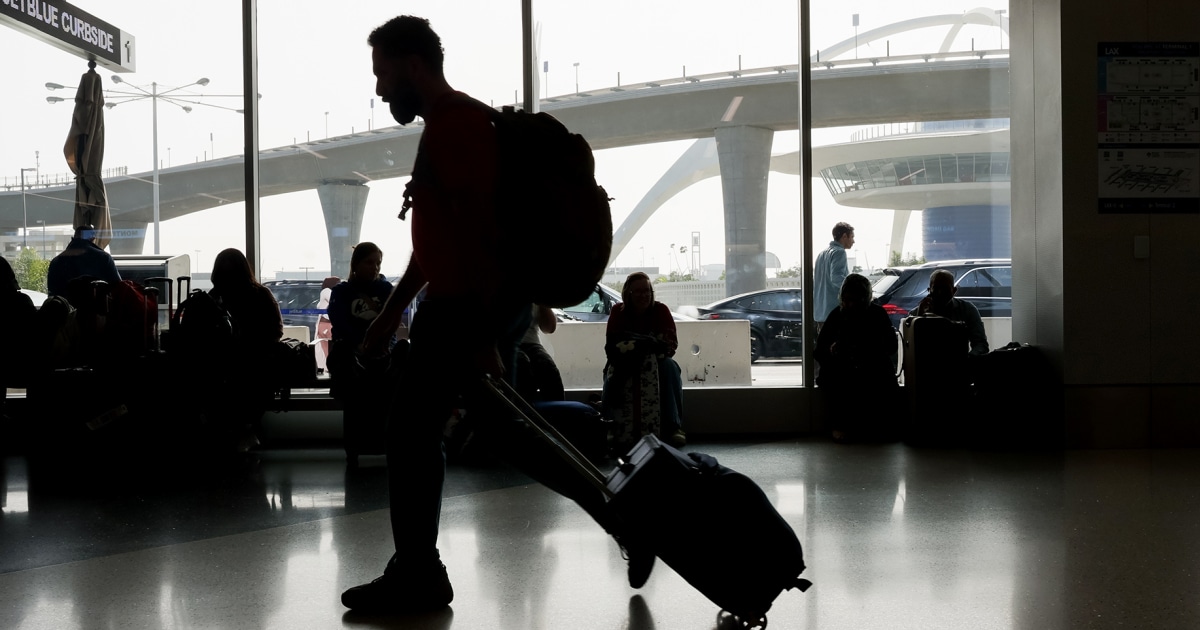The federal government remains shut down, with the Senate struggling to find the 60 votes needed to reopen it and no negotiations taking place between the leaders of the two parties.
Source link
Oct. 4, 2025, 5:00 AM EDTBy Sahil KapurWASHINGTON — The federal government remains shut down, with the Senate struggling to find the 60 votes needed to reopen it and no negotiations taking place between the leaders of the two parties.Republicans control the Senate but need at least eight Democratic caucus members to vote with them to overcome a filibuster and end the shutdown. So far, they have just three: Sens. John Fetterman, D-Pa.; Catherine Cortez Masto, D-Nev.; and Angus King, I-Maine. The rest are holding firm, so far, as the party demands concessions in the form of health care funding in order to win their votes.Federal government shutdown set to stretch into next week02:19With no serious discussions occurring between Senate Majority Leader John Thune, R-S.D., and Minority Leader Chuck Schumer, D-N.Y., the spotlight turns to rank-and-file senators who could be key to finding a way to break the impasse.The House, meanwhile, has canceled its session for next week, keeping the focus on the Senate.Here are three key Democratic senators to watch.We’d like to hear from you about how you’re experiencing the government shutdown, whether you’re a federal employee who can’t work right now or someone who is feeling the effects of shuttered services in your everyday life. Please contact us at tips@nbcuni.com or reach out to us here.Jeanne Shaheen, D-N.H.Shaheen is in a unique position for a variety of reasons. She’s a senior member of the Appropriations Committee, which is tasked with writing government funding bills, and she loathes shutdowns. Shaheen was just one of two Democratic caucus members (along with Sen. Angus King, I-Maine) who voted for the last Republican bill to avoid a government shutdown, which passed in March.She’s also the lead author of the Democratic bill to make permanent the Obamacare subsidies that will expire at the end of this year, the party’s central demand in the current standoff. And she’s retiring at the end of this term, freeing her from political pressure.“There are a lot of people on both sides of the aisle who think we need to address this,” Shaheen said, of the Obamacare subsidies, citing recent polls that show substantial support for extending them to avoid premium hikes. “I think it’s important, and it’s a message to not only our Republican colleagues, but to the White House.”A source who has spoken to Shaheen said she recognizes the headwinds Democrats face as the minority party and has spoken to colleagues in search of the best possible outcomes on a health care solution. The source spoke on condition of anonymity to discuss private conversations among senators. Shaheen is seen by Republicans as someone they can deal with; she’s nobody’s idea of a partisan flamethrower. If there’s a deal to break the logjam, it probably runs through her.Sen. Jon Ossoff, D-Ga.Ossoff is the only Democrat running for re-election next year in a state won by President Donald Trump in 2024. The first-term Georgia senator has held his cards close to the vest during the shutdown and has been strategic in his occasional breaks with his party during his Senate career. But in each of the four recent votes on bills to fund the government, he has supported the Democratic plan — which extends Obamacare funding and undoes Medicaid cuts — and opposed the Republican one.Ossoff said his vote is “to keep the government open and to prevent massive increases to Georgians’ health insurance premiums next year.”He faulted Trump for telling Republicans not to negotiate with Democrats, while urging the GOP to “work with us to find a bipartisan path forward and to prevent a massive increase in health insurance premiums for Georgia families.”For now, Trump and Republicans are shouldering more of the blame for the shutdown than Democrats, according to four recent polls. That gives Ossoff some breathing room. But he won’t want to alienate swing voters who may prove crucial to his quest for a second term in an ultra-competitive state.If the public turns on Democrats in the shutdown fight, Ossoff will face immense pressure to flip. If not, it could mean that the GOP strategy of holding out until Democrats feel the heat and cave is failing.Sen. Brian Schatz, D-HawaiiSchatz was one of the 10 key Democrats who voted to drop the filibuster and allow Republicans to pass a six-month government funding bill that prevented a shutdown at the most recent deadline in March. Schatz didn’t vote for the underlying funding bill like Shaheen and King did, but his and other Democrats’ votes to allow Republicans to get around the filibuster provoked a furious response from the liberal base.Schatz is in a unique position as a Schumer deputy who has his finger on the pulse of both the Democratic conference and the party base (including its younger and more online activists). He’s among the limited group of senators who are adept at social media, where much of the debate is taking place. And he’s in pole position to be the next Senate Democratic whip and replace the retiring Sen. Dick Durbin, D-Ill.In the run-up to the current shutdown, Schatz offered “free advice” to Republicans, vowing that “another jam job is not going to work” and that the GOP needs to negotiate with Democrats to achieve a successful product. He made good on that warning.Schatz could be a bellwether for the direction of the caucus and whether a sufficient number of Democrats can accept a bill to reopen the government. If he’s on board, other fence-sitters in the conference may feel more comfortable supporting it.Sahil KapurSahil Kapur is a senior national political reporter for NBC News.




